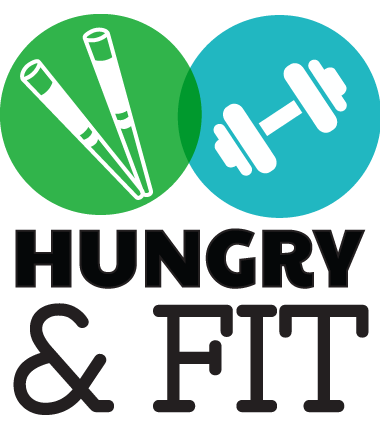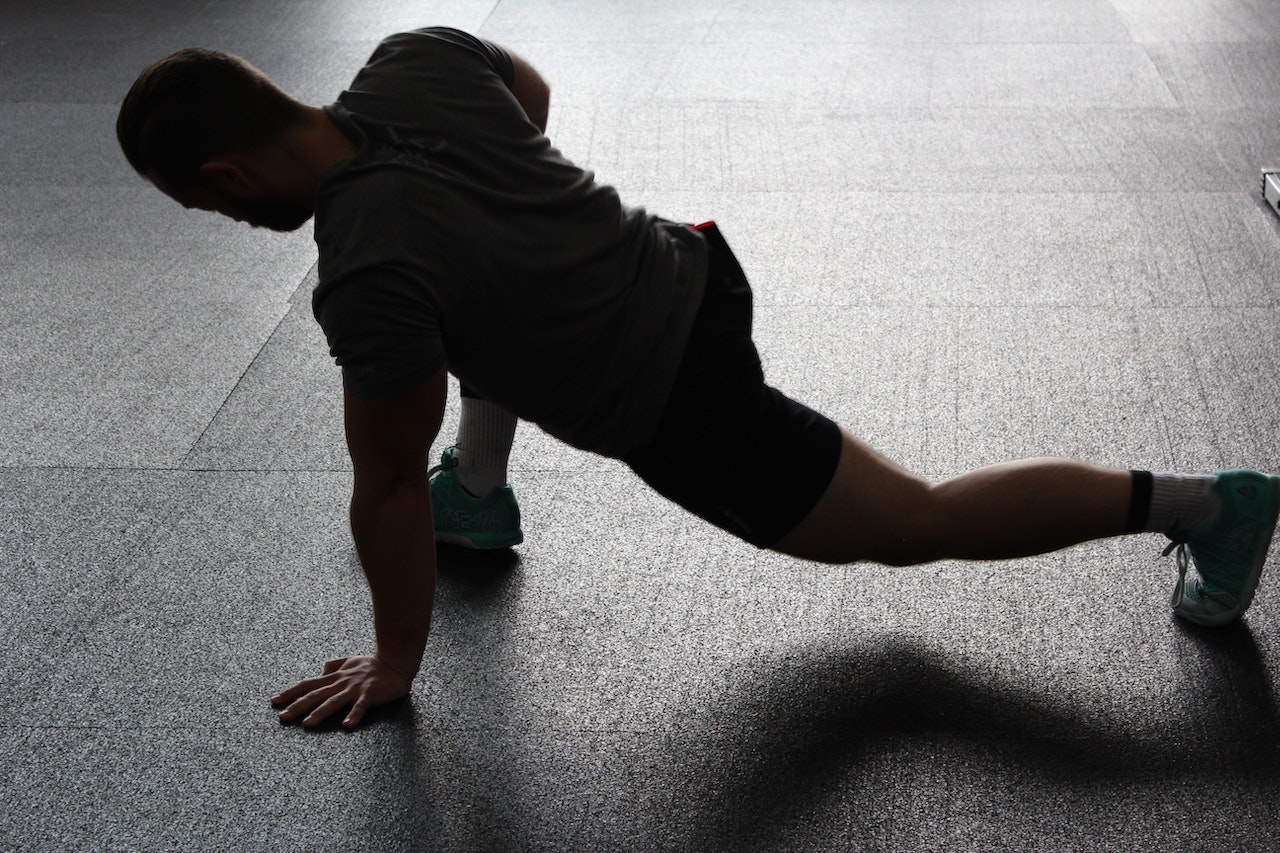Whether you’re a seasoned athlete or just starting out on your fitness journey, the benefits of stretching and mobility cannot be ignored. Not only can these practices improve flexibility and range of motion, but they can also help prevent injuries and enhance overall athletic performance.
In this article, we’ll explore the different types of stretching and mobility exercises, the benefits of each, and how to incorporate them into your daily routine. You’ll learn how to increase your flexibility, improve your posture, and reduce your risk of injury.
So, if you’re ready to take your fitness game to the next level and enjoy the benefits of the “flex life,” keep reading. Whether you’re a beginner or a seasoned pro, this guide is the perfect place to start.
The Benefits of Stretching and Mobility
Stretching and mobility exercises are an essential component of any fitness routine. Not only do they help improve flexibility and range of motion, but they can also improve posture and athletic performance. Let’s dive deeper into the benefits of stretching and mobility:
- Improved Flexibility: Flexibility is the ability of your muscles and joints to move through their full range of motion. By regularly stretching, you can improve your flexibility and make it easier to perform everyday tasks, such as reaching for objects on high shelves or bending down to tie your shoes.
- Increased Range of Motion: Range of motion refers to the amount of movement you can achieve in a joint. By regularly practicing mobility exercises, you can increase your range of motion, which can help improve your athletic performance and reduce your risk of injury.
- Better Posture: Poor posture can lead to a host of health problems, including neck and back pain. By incorporating stretching and mobility exercises into your routine, you can improve your posture and reduce the likelihood of developing these types of issues.
- Enhanced Athletic Performance: Stretching and mobility exercises can also enhance athletic performance by increasing flexibility and range of motion, which can lead to improved speed, agility, and overall fitness.
- Injury Prevention: Finally, regular stretching and mobility exercises can help prevent injuries by improving your flexibility and range of motion. This can reduce the risk of strains, sprains, and other injuries commonly associated with physical activity.
The Different Types of Stretching
Stretching is a key component of any fitness routine, and there are several different types of stretching techniques to choose from. Here are some of the most common types of stretching and their respective benefits and drawbacks:
- Static Stretching: Static stretching involves holding a stretch for a set period of time, typically 15-30 seconds. This type of stretching is ideal for improving flexibility and range of motion, but should be avoided before a workout, as it can reduce muscle power and strength.
- Dynamic Stretching: Dynamic stretching involves movement-based stretches that prepare your body for physical activity. This type of stretching is ideal for warming up before a workout, as it can increase blood flow and reduce the risk of injury.
- PNF (Proprioceptive Neuromuscular Facilitation) Stretching: PNF stretching involves a combination of contraction and relaxation of the muscles being stretched. This type of stretching can improve flexibility and range of motion quickly, but should only be performed by experienced individuals or under the guidance of a trainer.
- Ballistic Stretching: Ballistic stretching involves rapid movements to increase range of motion. This type of stretching should be avoided, as it can lead to injury and does not provide any significant benefits.
When incorporating stretching into your fitness routine, it’s important to choose the type of stretching that’s right for you and your fitness goals. For example, if you’re looking to improve your flexibility, static stretching will be perfect, while dynamic stretching may be appropriate if you’re just trying to warm up before a workout.
Remember to always listen to your body and avoid any stretches that cause pain or discomfort. With the right technique and approach, stretching can be a valuable tool in achieving your fitness goals.
The Different Types of Mobility Exercises
Mobility exercises are essential for maintaining healthy joints and muscles, as well as improving your overall athletic performance. Here are some of the most common types of mobility exercises and their respective benefits and drawbacks:
- Foam Rolling: Foam rolling involves using a foam roller to massage your muscles and release tightness and tension. This type of mobility exercise can improve flexibility and range of motion, as well as reduce muscle soreness and improve recovery time.
- Mobility Drills: Mobility drills involve performing exercises that specifically target mobility and range of motion. These exercises can help to improve your overall joint health and athletic performance, as well as reduce the risk of injury.
- Yoga: Yoga is a popular form of exercise that focuses on flexibility, strength, and balance. This type of mobility exercise can improve joint health and reduce stress, as well as improve overall athletic performance.
If you’re looking to reduce muscle soreness and improve recovery time, foam rolling may be the best choice, while mobility drills may be better if you’re looking to improve overall joint health and reduce the risk of injury.
How to Incorporate Stretching and Mobility into Your Routine
Now that you understand the benefits of stretching and mobility, as well as the different types of exercises available, it’s time to integrate them into your workout routine. Here are some tips to help you get started:
- Start Slow: If you’re new to stretching and mobility exercises, start slowly and gradually increase the intensity and duration of your workouts. It’s important to avoid pushing yourself too hard too soon, as this can lead to injury.
- Set a Routine: Choose a specific time and place to do your stretching and mobility exercises and make it a part of your daily routine. Consistency is key when it comes to seeing results.
- Combine with Other Exercises: Incorporate stretching and mobility exercises into your existing workout routine. For example, if you’re strength training, take a break between sets to stretch the muscles you’ve just worked.
- Be Mindful: Pay attention to your body and how it feels during and after stretching and mobility exercises. Avoid any exercises that cause pain or discomfort, and make modifications as needed.
Stretching and mobility exercises are crucial for achieving overall health and fitness. They can improve flexibility, range of motion, posture, and athletic performance, as well as prevent injury. By understanding the different types of stretching and mobility exercises available and how to incorporate them into your routine, you can achieve a more mobile and flexible body.
With these tips, and the right diet to complement your body and health, you’ll be on the right path to the best version of yourself! If you want to follow a yummy, but healthy recipe to get you started, here is one you can try: https://minuterice.com/recipes/mexican-rice/.
We encourage you to give stretching and mobility exercises a try and make them a part of your daily routine. Remember to start slow, be consistent, and listen to your body. With dedication and effort, you can achieve a healthier and more mobile body that can help you achieve your fitness goals.
So don’t wait any longer, start stretching and moving today!
Photo by Pixabay: https://www.pexels.com/photo/man-doing-pushup-209969/










